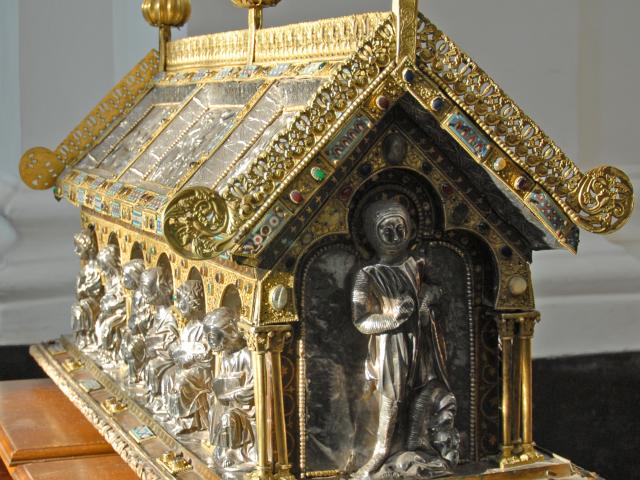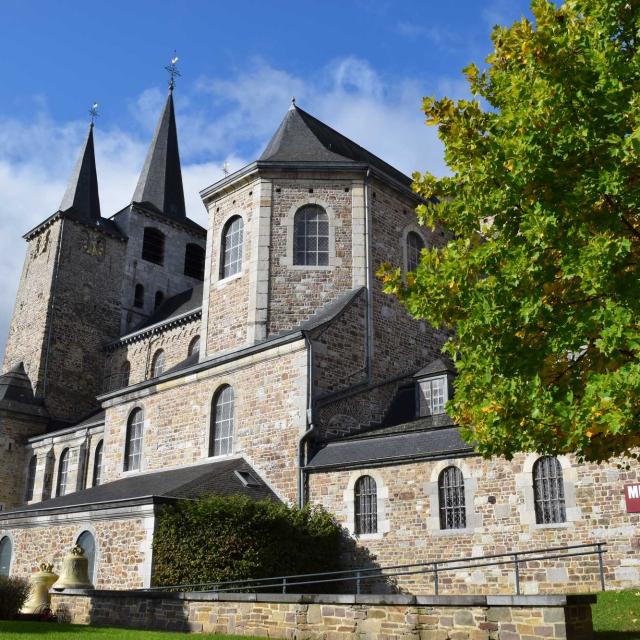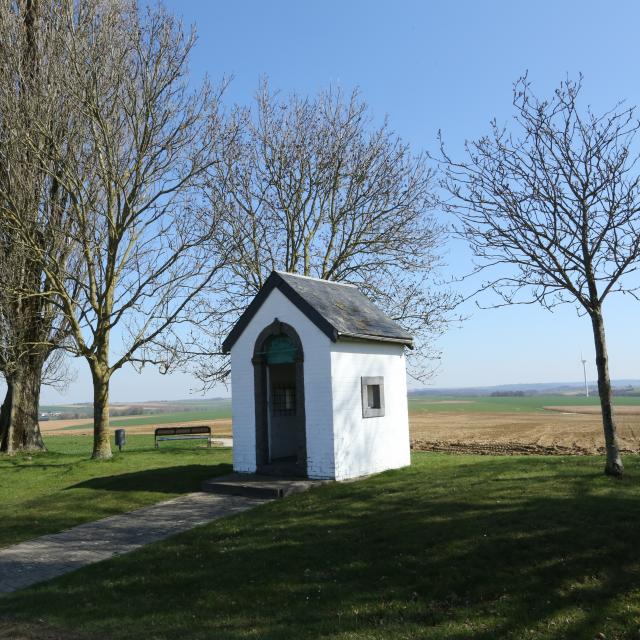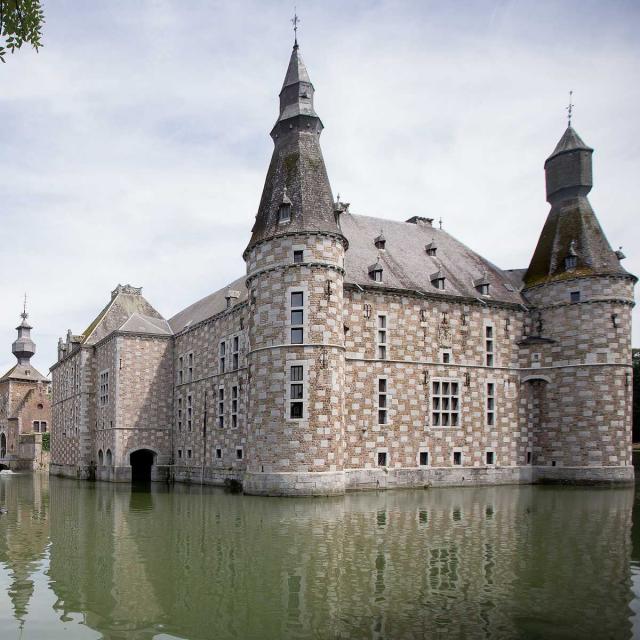According to legend, this church, dedicated to the Virgin Mary, was founded by Saint Materne at the foot of a rock and equipped with a defensive castrum. The earliest mentions date from the 6th century, when Saint Domitian was buried here. Under the episcopacy of Notger in the 10the century, the relics of Saint Materne were brought to the fore, and a community of clerics settled nearby. Over the centuries, the building underwent fires and rebuilding, culminating in the consecration of a new church in 1066, becoming a collegiate church housing a chapter of thirty canons.
The architecture of today’s collegiate church is a harmonious marriage of the radiant Gothic style of the 14the century and the flamboyant Gothic style of the 15the century. Framed by three square towers, the tallest of which rises to 48 meters, it is a true visual and historical work of art.
The impressive dimensions of the collegiate church are revealed: 72 meters long, 25 meters wide and a height of 25 meters in the great nave. The three naves are punctuated by a pseudo-transept. Chapels open along the aisles, adding to the richness of this edifice.
The triforium, a gallery of circulation beneath the high windows in the flamboyant Gothic style, and the stained glass windows designed by the Gsell-Laurent workshop in Paris in 1872, adorn the interior of the collegiate church, evoking captivating religious scenes.
 Huy - Collégiale Notre-Dame
Huy - Collégiale Notre-Dame Huy - Collégiale Notre-Dame
Huy - Collégiale Notre-Dame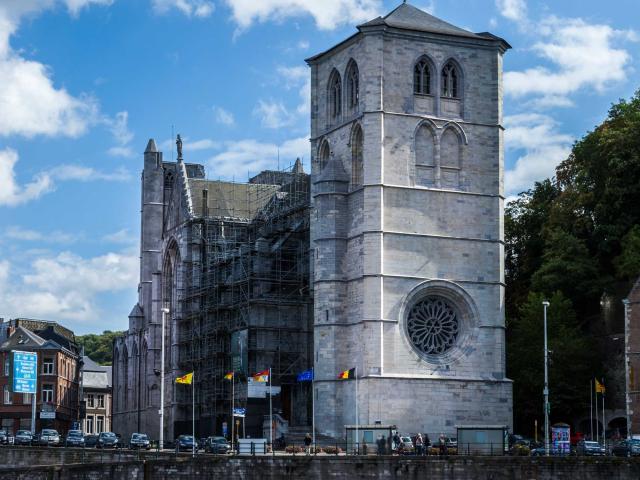 Vue sur la collégiale de Huy
Vue sur la collégiale de Huy





